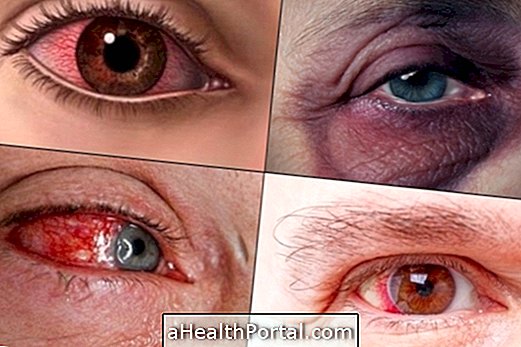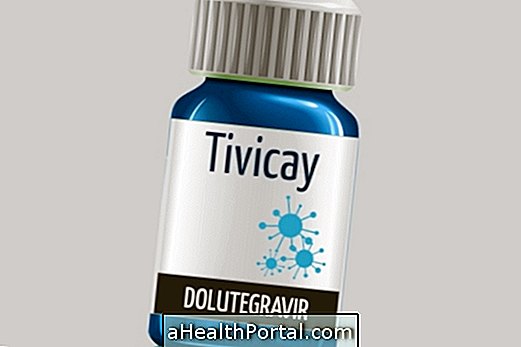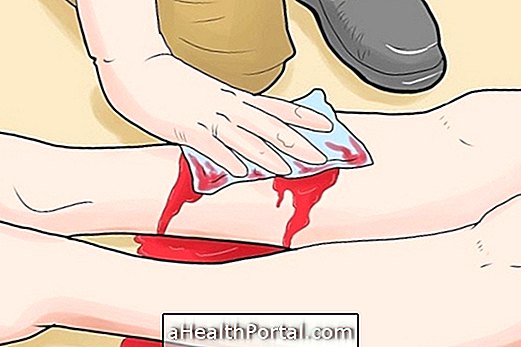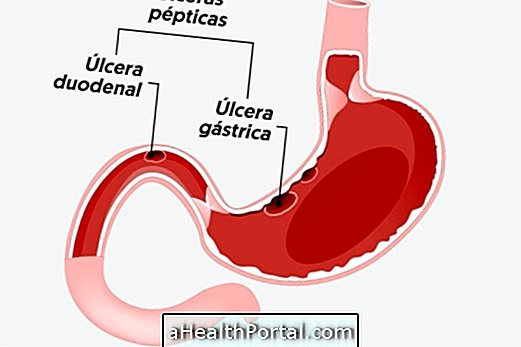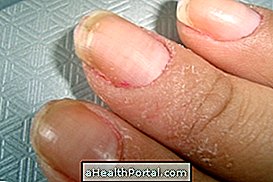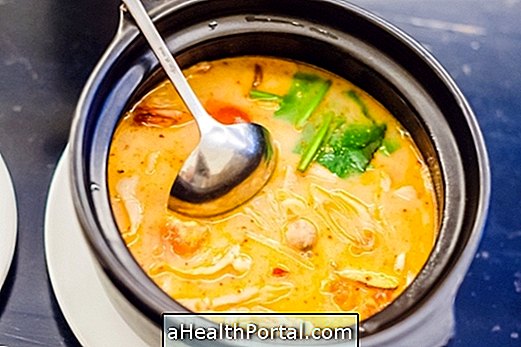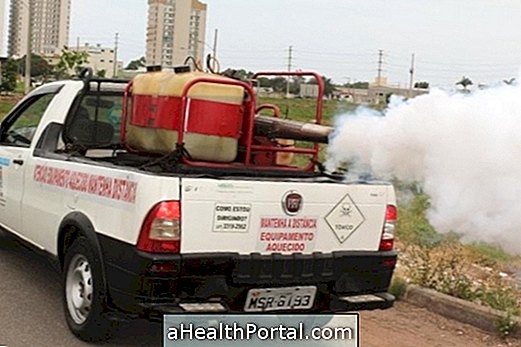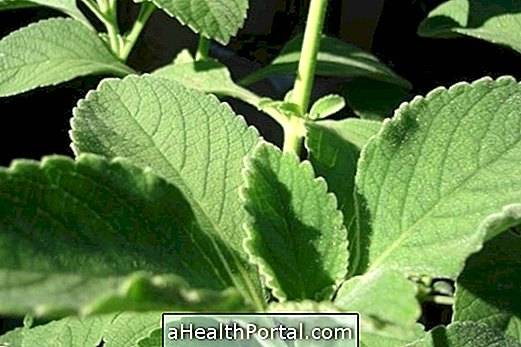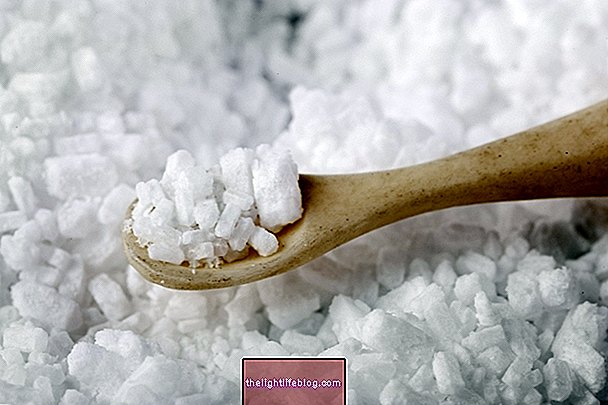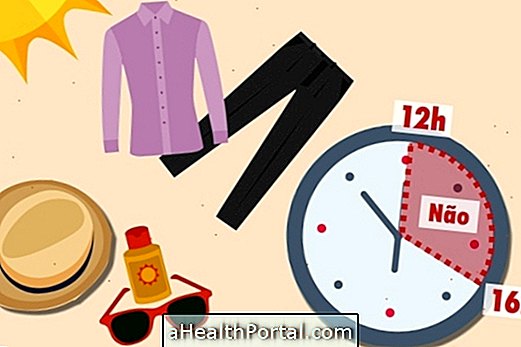The tendon occurs when there is a small accumulation of secretion or pus in the eyelid, so the lesion becomes palpable, red and painful. Also known as hordeolum, stye is an inflammation of glands that produce greasy secretion around the eyelashes.
Inflammation can occur only by the misguided accumulation of gland secretion, or also in conjunction with some infection, caused by bacteria that live on the skin. However, stye is not contagious, and can be treated at home with eye hygiene and warm compress.
Main symptoms
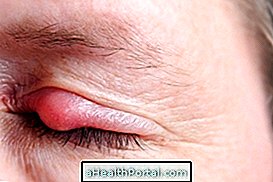
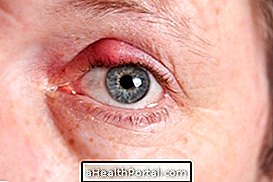
The main symptoms of the stye are:
- Sensitivity and pain at the edge of the eyelid,
- The appearance of a small rounded area, painful and swollen, with a small yellow dot in the center;
- Rise in temperature in the region;
- Sensitivity to light and tearing of the eyes
When the inflammation or infection is more superficial, it is called the external stye. The inner tuck occurs when the lesion is a little deeper, and may be more inflamed and painful.
The inflammation can also turn the calyx, which has the appearance of an internal trough, but is deeper and has a larger size. The main difference between them is that calyx affects deeper glands and therefore their initial symptoms may be more intense and may remain longer.
What to do when you suspect a stye
The stye usually does not need remedies to heal and therefore the treatment is done at home. Following some recommendations can make it better faster, such as:
- Clean the area around the eyes, and do not let too much secretion accumulate;
- Apply warm compresses to the affected site for 10 to 15 minutes, 3 or 4 times a day;
- Do not squeeze or stir too much in the region, as it may worsen inflammation;
- Do not wear make-up or contact lenses, stop not spreading the lesion, getting bigger, and do not make it last any longer.
See more details and tips on how to treat the stye at home.
The stye usually disinflames or drains alone in about 4 days, and usually does not exceed 1 week. The signs of improvement are decreased swelling, pain and redness. Some cases, however, are more severe and may last longer and worsen the infection, so be aware of signs and seek care from a general practitioner.
When to seek medical advice
To identify if the stye is more severe and seek medical attention, one should be aware of some signs, such as:
- The inflammation spreads across the face, presenting a large red area, hot and painful;
- The eyes are very red and irritated;
- The vision is diminished;
- The lesion does not disappear in 7 days.
After evaluation, your doctor may prescribe an ointment or eye drops with antibiotics, and in some cases the use of oral antibiotics such as cephalexin may even be necessary. There are also a few more serious cases where minor surgery may be needed to drain pus from the lesion.
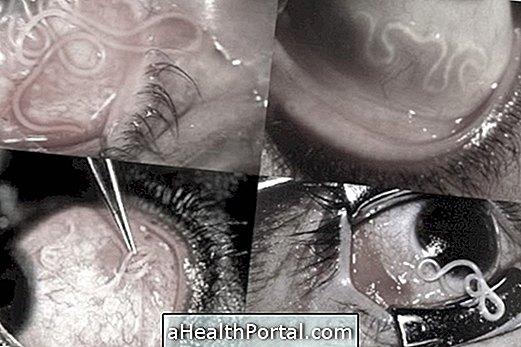

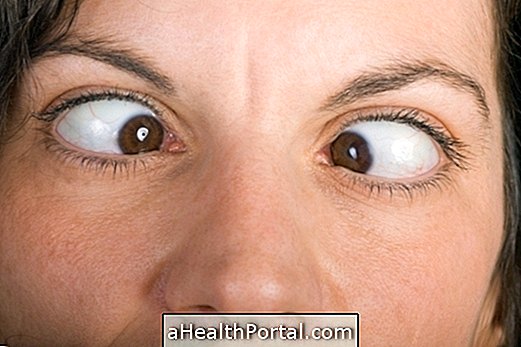
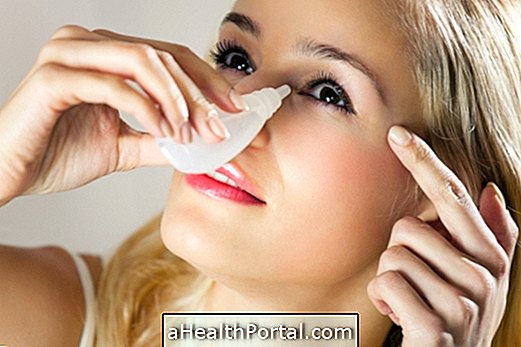
-o-que--como-identificar-e-o-que-fazer.jpg)
